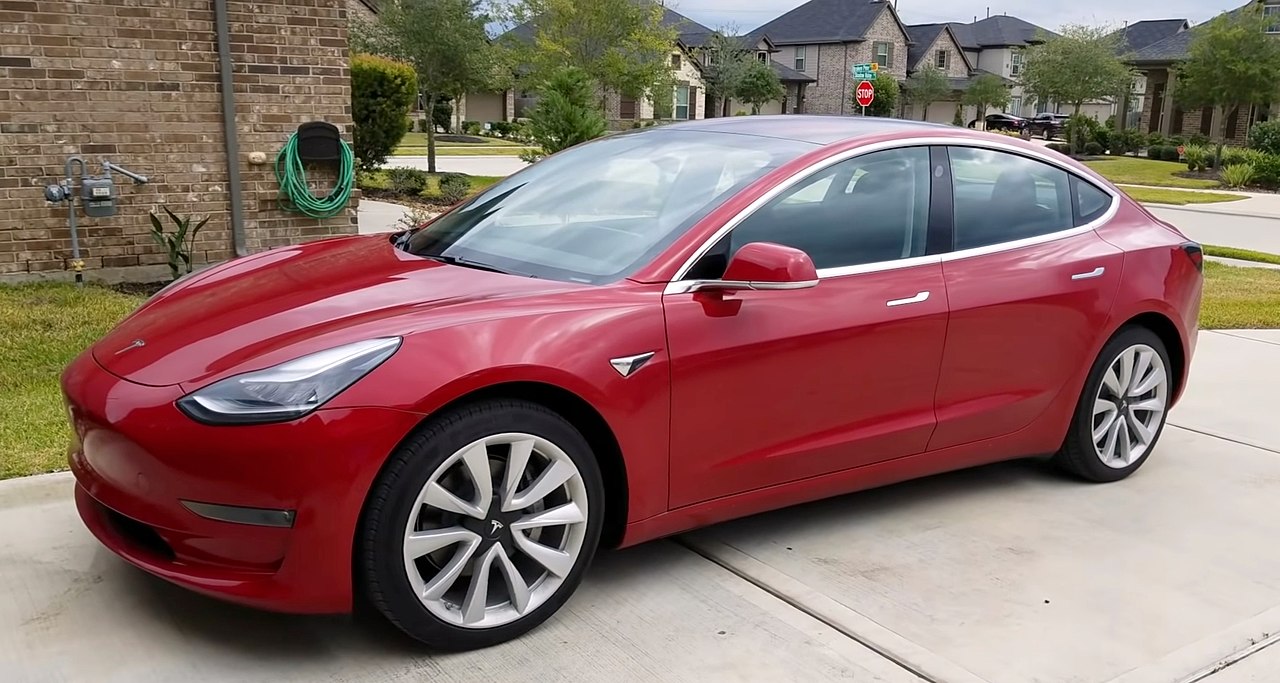Need Cash Fast? Just Pretend That You Wrote Software
Tesla is not the first company to announce software it hasn’t written, but it is indeed the most brazenThis past week, Tesla was running low on cash. Not just kind of low—really, really low.
How low? So low that its lawyer reportedly couldn’t afford to show up in court to defend the company. Then, citing generic “production glitches,” the firm sent workers home early last week and suggested that they get Payday loans for what they would have otherwise made working.
The money issues are understandable; the firm has burned through over $700 million in the last three months. Business Insider has pointed out some “awkward surprises” from the latest financial filings: Tesla hints that it was not in full compliance with all of its debt covenants for the quarter.

So, what does a multibillion-dollar high tech company do when it needs cash fast? How about… pretend that it wrote groundbreaking software.
In a conference call with potential investors, Tesla announced a plan to put a million “robotaxis” (driverless taxis) on the road next year. To do that, it needs two billion dollars. Pay no attention to all the zeros, Tesla tells us; the robotaxis will make the company worth half a trillion dollars.
Here are some facts that should give even adventurous investors pause:
- No one (including Tesla) has self-driving cars
- The company is near-last in self-driving technology, and
- It has never demonstrated that it has done basic development work on a taxi service
Additionally, Tesla didn’t even commit to using any of the money raised for developing the robotaxi software or service.
In other words, Tesla needs money, period. It allows potential investors to believe that it has the next revolutionary software product and, voilá! it acquires two billion dollars.
Software engineers call imaginary products “vaporware.” And if the tag fits, it wouldn’t be the first time that Tesla has marketed an illusion. In 2017, Elon Musk engineered a buyout of his cousin’s company, SolarCity, on the basis of a new “solar roof”—a roof tile that also acts as a solar panel. The only problem? It wasn’t real. Musk said during the demo, “The houses you see around you are all solar houses. Did you notice?” The only problem? They weren’t. As the company later revealed, the demo houses were non-functional. It was entirely staged.
So, the next time you need money, try a little make-believe, and someone will hand you tons of cash. At least that’s what Tesla makes it look like. On the other hand, for the rest of us, maybe life isn’t so simple…
See also: Are Tesla’s robot taxis a phantom fleet? Analysis: What’s behind Elon Musk’s sudden wild taxi adventure?
and
News from the real world of self-driving taxis: Not yet Brendan Dixon tells us, WayMo includes a human in all their “robotaxis,” just in case. The vehicles (at last report) were still confounded by common conditions.
